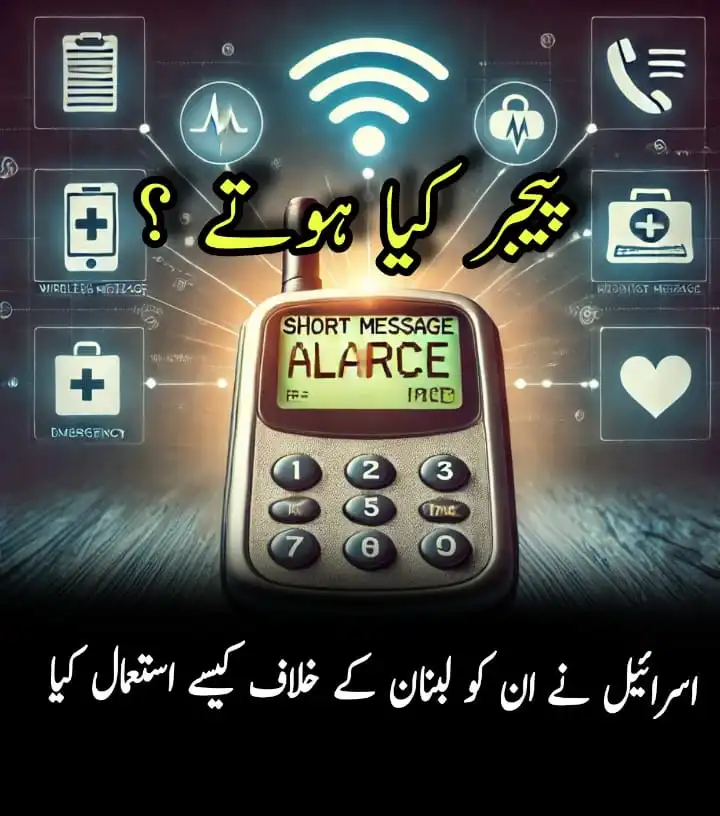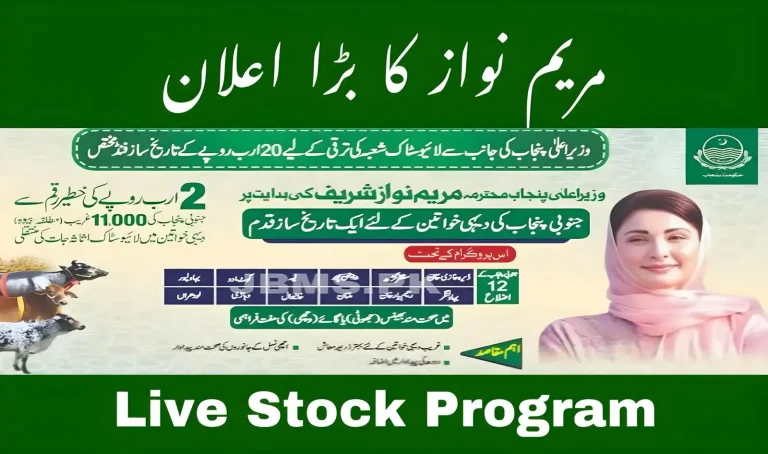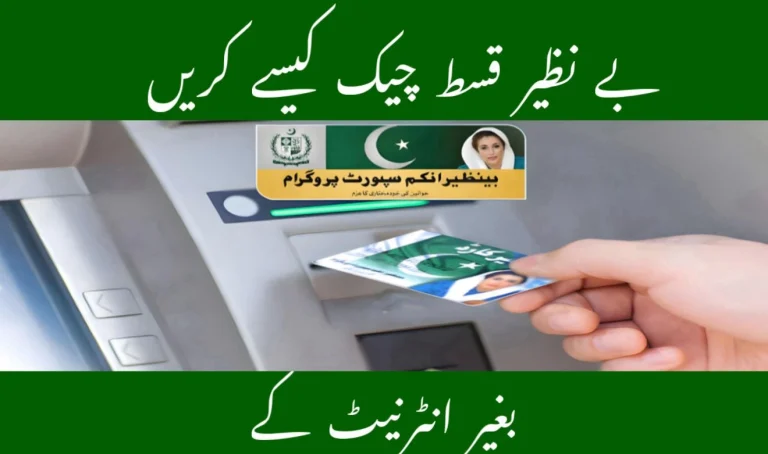BISP Payment Increase Rumors vs Reality – September 2025

The Benazir Income Support Programme (BISP) is not just another government welfare scheme—it is the largest social safety net in Pakistan. Since its launch in 2008, BISP has provided direct financial support to millions of families living below the poverty line. For women, in particular, it has been life-changing. The stipend allows them to buy food, pay for education, seek medical treatment, and keep their families afloat during difficult times.
Because the program directly touches the lives of the poor, any change in its payments instantly becomes national news. In September 2025, the biggest question in every tehsil office, village, and city is: “Did BISP really increase the payments, or is it just another rumor?”
Social media is filled with mixed claims. Some say the stipend has gone up to Rs 14,500, while others believe it is just a false promise. This uncertainty has caused anxiety for beneficiaries who depend on every rupee of this support.
This article explores the issue in detail. We will look at the history of payments, the reality of budget increases, the truth behind the rumors, and what these changes mean for the millions of families who rely on BISP.
Why BISP Matters More Than Ever
Before discussing rumors and reality, we need to understand the critical role BISP plays in Pakistan today.
- Poverty & Inflation: Pakistan has been struggling with high inflation, especially in food and fuel prices. For families earning less than Rs 30,000 a month, a small increase in BISP can mean survival.
- Women’s Empowerment: BISP transfers money directly to women, giving them financial control in households where men often dominate economic decisions. This strengthens women’s voices within families and communities.
- Education for Children: Through its educational stipend (Waseela-e-Taleem), BISP encourages families to send children to school instead of putting them to work. Millions of children benefit from this support.
- Healthcare & Emergencies: For many, BISP stipends are the only source of cash when sickness strikes. It helps cover medicines, check-ups, and travel to hospitals.
Simply put, BISP is not charity—it is dignity for the poor. That is why even the smallest rumor about an increase creates waves across the country.
The Origin of the Rumors
In recent months, different stories have circulated about BISP payments. Some common claims include:
- “The installment has increased from Rs 13,500 to Rs 14,500.”
- “The government has approved the largest-ever budget for BISP.”
- “From September 2025, every family will get higher payments.”
- “All payments will soon be digital, and middlemen will be removed.”
Many of these rumors started with half-truths. A budget proposal here, a government statement there, and people filled in the rest with their own assumptions. By the time the news reached villages and towns, it had turned into either exaggerated promises or total confusion.
The Reality: What Has Actually Changed
Now let’s look at the confirmed facts and separate truth from speculation.
1. The Budget Has Grown
The government has steadily increased BISP’s budget over the past two years. From around Rs 460 billion, the allocation has jumped to nearly Rs 716 billion. This is not just a rumor—it is documented in the federal budget. The goal is to protect low-income families from the effects of inflation and to expand the program to more households.
2. Payment Amounts Have Increased
For years, the quarterly installment was fixed at Rs 12,000–13,500. However, in August 2025, beneficiaries started receiving Rs 14,500 per quarter. This increase was rolled out before the expected January 2026 timeline, which caused confusion.
Many people did not believe it until they saw the new amount in their accounts or at payment centers. That is why the talk of “rumors” gained strength—because not everyone received the money at the same time.
3. More Families Are Being Added
The number of BISP beneficiaries has now reached nearly 10 million households. With educational stipends, the program indirectly supports more than 12 million children. This expansion is real and is part of the government’s broader poverty reduction strategy.
4. The Move Toward Digital Banking
Another big step is the pilot of digital payments. Instead of standing in long queues at campsites or retail agents, beneficiaries will soon receive their stipend in digital wallets or bank accounts. This will reduce corruption, eliminate unauthorized deductions, and give women more control. The digital banking system is being tested and gradually rolled out.
Why People Are Still Confused
Despite these real changes, confusion remains. Why?
- Timing Gap: The government announced the increase months earlier, but payments were implemented later. People thought the hike was only a promise.
- Uneven Rollout: Some families received the increased installment in August, while others faced delays. This led to mixed experiences.
- Biometric Failures: Many beneficiaries were unable to withdraw money due to fingerprint mismatches. They assumed the payment had not increased.
- Social Media Noise: False posts and exaggerated claims made the situation worse.
The truth is: yes, payments have increased—but not everyone received them at the same time.
How Beneficiaries Can Confirm Payments
If you are unsure whether you are receiving the new installment, here’s how you can check:
- SMS Your CNIC to 8171
Type your CNIC number without dashes and send it to 8171. You’ll get a reply confirming your eligibility and payment status. - Biometric Verification
Make sure your fingerprints are updated at NADRA. Many people face delays because their verification fails at the retailer or ATM. - Visit the Tehsil Office
If you face issues, go to the nearest BISP office. Staff can check your payment record and guide you. - Keep Track of Messages
Always save the payment message you receive. It is proof that your installment is ready.
Real-Life Impact on Families
To understand why this increase matters, let’s look at real situations:
- In Rural Sindh: A mother of five said the increase allowed her to buy two extra sacks of flour, enough to feed her children for another month.
- In Punjab: A widow explained that the extra Rs 1,000 helped her pay her daughter’s school admission fee without borrowing.
- In Khyber Pakhtunkhwa: A farmer’s wife shared that the stipend allowed her to buy medicines for her elderly father, something she could not afford earlier.
These stories show that even a small increase has a big impact on poor families’ daily lives.
Frequently Asked Questions (FAQs)
Has the BISP payment increased in September 2025?
Yes. The new payment of Rs 14,500 started in August 2025 and continues in September.
Is this increase permanent?
For now, yes. It is part of the 2025–26 budget, but future adjustments may happen depending on inflation.
How many families benefit now?
Almost 10 million households are enrolled, and the program indirectly supports around 12 million children.
What if my biometric verification fails?
You must update your fingerprints at NADRA. Without biometric verification, you cannot access payments.
What is the digital banking project?
It is a new system that will transfer payments directly into accounts or wallets, making withdrawals easier and safer.
Looking Ahead: The Future of BISP
The payment increase to Rs 14,500 is not the end of reforms. More changes are on the way:
- Digital Expansion: Within the next year, most beneficiaries will be moved to digital wallets or bank accounts.
- Increased Transparency: With fewer middlemen, complaints about illegal cuts will decline.
- Possible Further Increases: If inflation continues, the government may review and raise stipends again.
- Better Targeting: Through updated poverty surveys (NSER), BISP will remove ineligible people and add new deserving families.
Conclusion
The rumors about a BISP payment increase in September 2025 are true. Payments have officially risen to Rs 14,500 per quarter, starting from August 2025. The program now serves nearly 10 million households, with expanded educational stipends and a shift toward digital banking.
For poor families, this increase means more food on the table, fewer debts, and a little more hope. While confusion still exists due to uneven rollouts and verification issues, the reality is clear: BISP is growing stronger, payments have increased, and the system is modernizing.
For beneficiaries, the key message is simple:
- Always confirm through 8171.
- Complete biometric checks.
- Do not believe every rumor on social media.
The reality is hopeful—BISP is here to stay, and its support is rising with the needs of Pakistan’s most vulnerable people.
Read this: How to Collect Your BISP Payment Through Bank ATMs in 2025
Read this: BISP Digital Wallets and Smart Exit Plan






